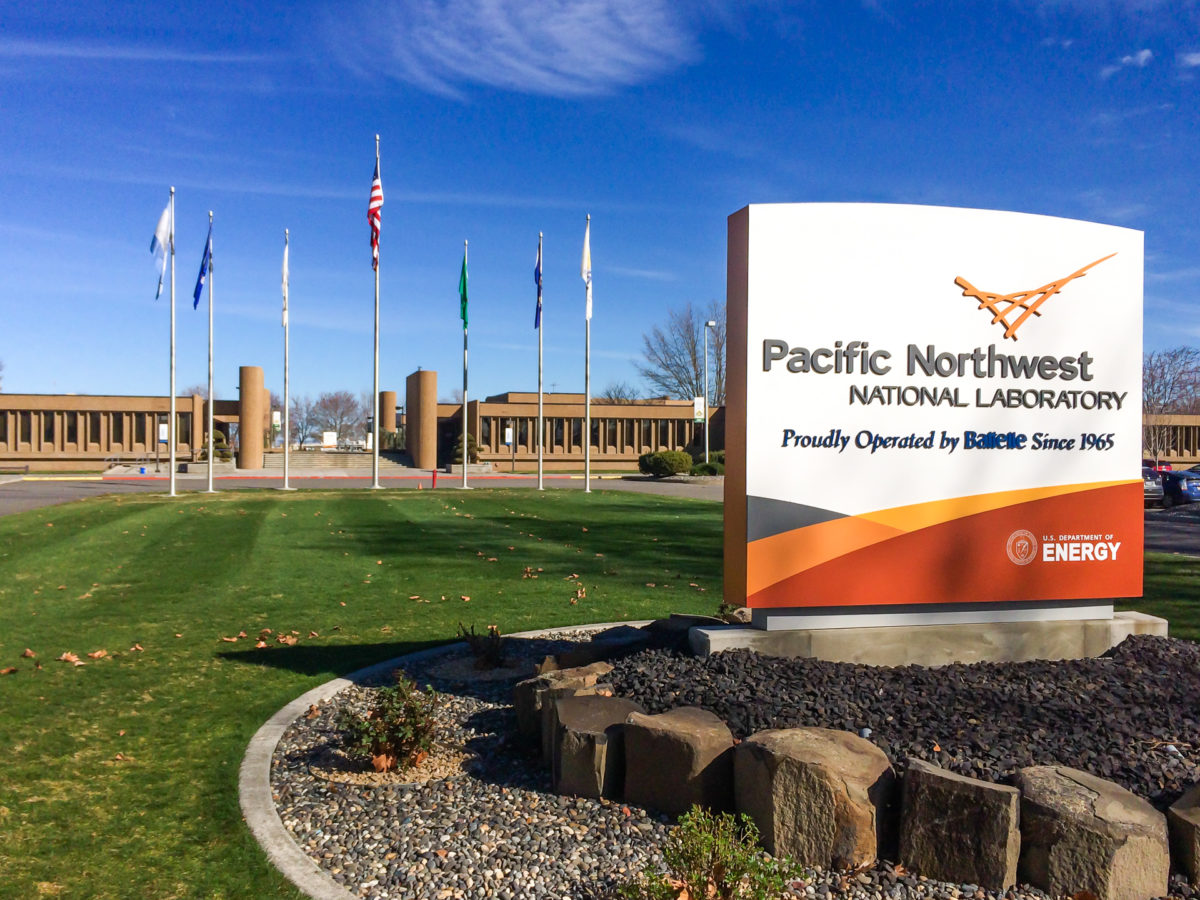Scientists led by Pacific Northwest National Laboratory in the U.S. have developed an additive they say will improve the working temperature range of lithium-ion batteries. The team found, by tweaking the volumes of different additives in the electrolyte they could develop lithium-ion batteries that performed well at temperatures from minus 40 degrees Celsius all the way to 60 degrees Celsius.
The work focused on five electrolyte additives used in various combinations, from which an optimal combination of three compounds was found which was shown to enhance discharging performance at minus 40 degrees Celsius and also to offer slightly improved cycling stability at 60 degrees Celsius. At 25 degrees Celsius the battery showed more than 85% capacity retention after 1,000 cycles. The approach is described in the paper Constructing robust electrode/electrolyte interphases to enable wide temperature applications of lithium-ion batteries, published in the journal American Chemical Society Applied Materials and Interfaces.
The improved performance was attributed to the way the additives formed a protective layer on the surfaces of the anode and cathode, helping prevent degradation of the electrolyte during operation. Creating the layer from materials with a wider range of melting points helped improve battery temperature range.
Improving performance
Popular content
Lithium batteries – and most other types – lose performance and capacity in cold conditions. While there aren’t many situations where an electric vehicle or stationary storage battery would need to operate at minus 40 degrees Celsius, widening a battery’s overall range could be beneficial to performance at more common temperatures.
The team’s experiments focused on pouch cells based on a nickel-cobalt-aluminum anode and a graphite cathode – the battery chemistry favored by Tesla and other major manufacturers. It is not clear, however, whether the same additive could improve performance in other popular battery chemistries, such as lithium-iron-phosphate or nickel-manganese-cobalt.
This content is protected by copyright and may not be reused. If you want to cooperate with us and would like to reuse some of our content, please contact: editors@pv-magazine.com.



By submitting this form you agree to pv magazine using your data for the purposes of publishing your comment.
Your personal data will only be disclosed or otherwise transmitted to third parties for the purposes of spam filtering or if this is necessary for technical maintenance of the website. Any other transfer to third parties will not take place unless this is justified on the basis of applicable data protection regulations or if pv magazine is legally obliged to do so.
You may revoke this consent at any time with effect for the future, in which case your personal data will be deleted immediately. Otherwise, your data will be deleted if pv magazine has processed your request or the purpose of data storage is fulfilled.
Further information on data privacy can be found in our Data Protection Policy.